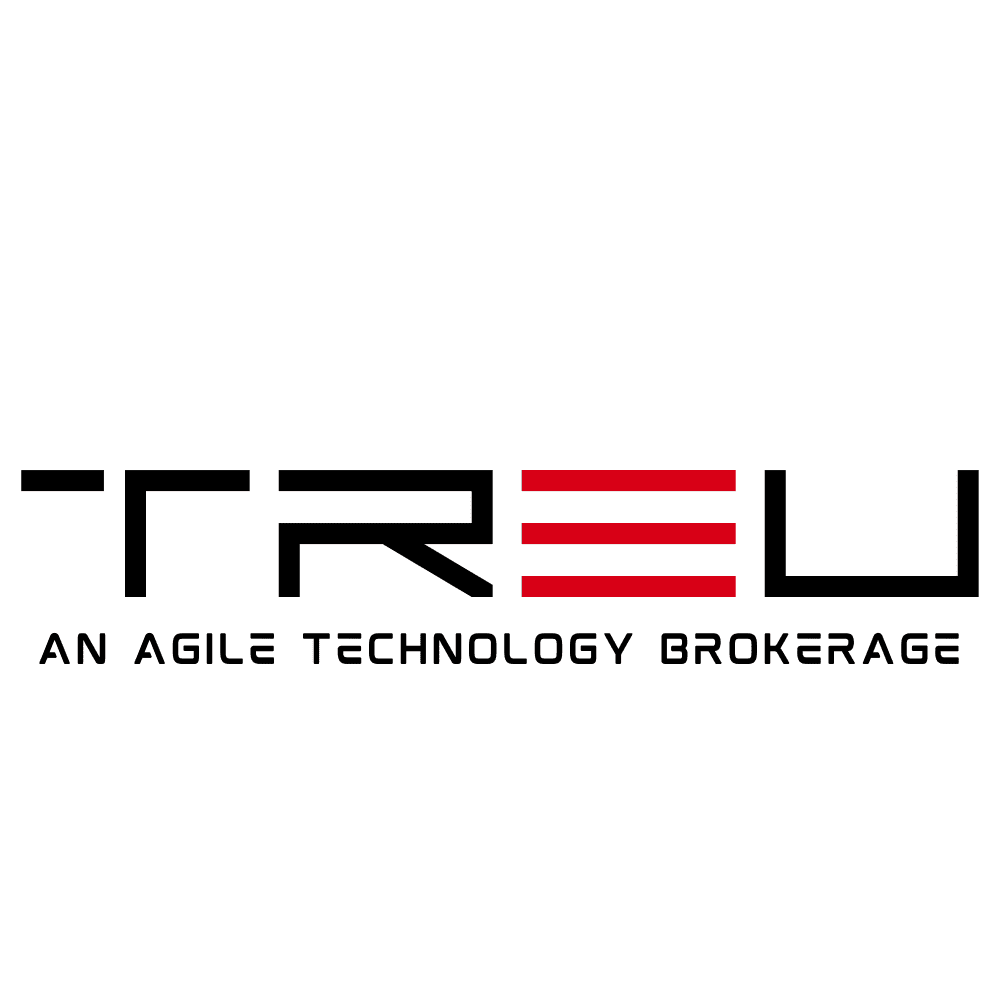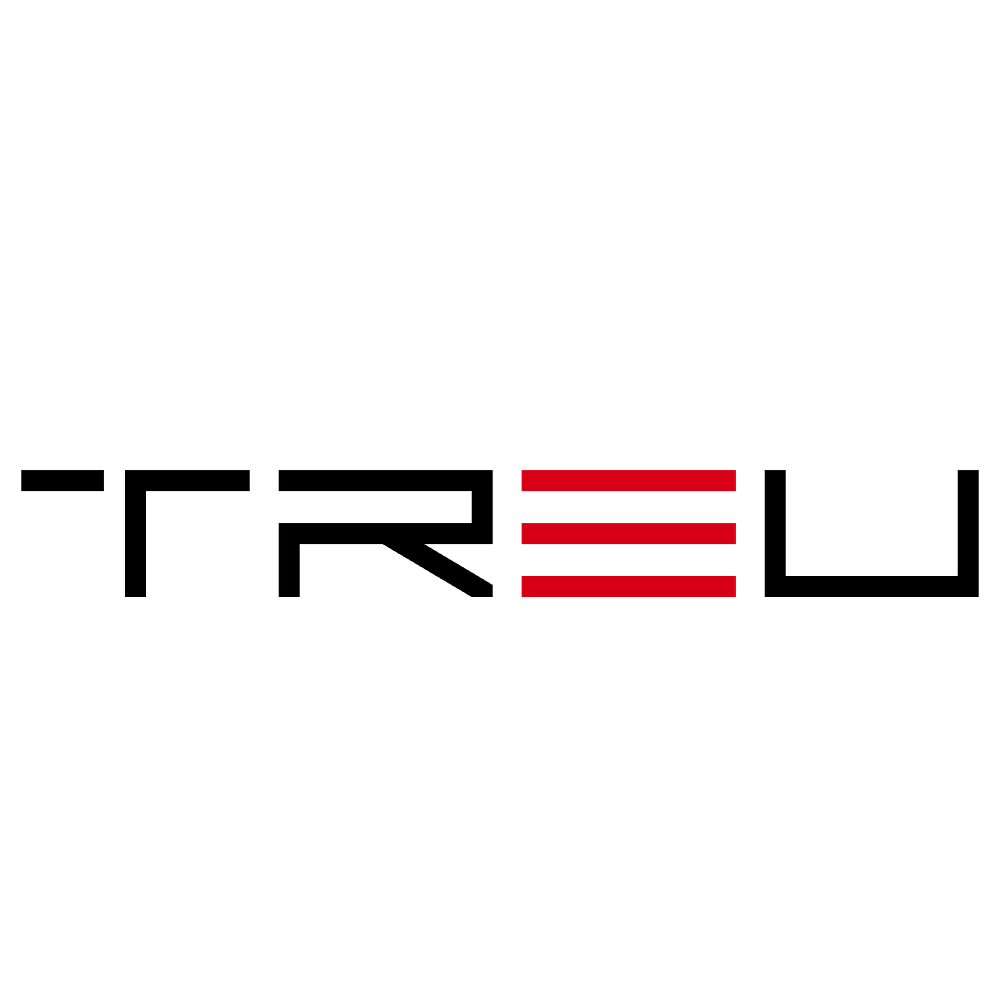# How to Successfully Sell to CIOs in Today’s Tech Market
Selling to a Chief Information Officer (CIO) is no easy feat in today’s increasingly complex enterprise technology landscape. Today’s CIOs are not just technology decision-makers but also strategic leaders driving digital transformation, enabling business growth, and safeguarding their organizations against cybersecurity risks. To succeed in selling to CIOs, a deep understanding of their challenges, priorities, and goals is essential. Below, we explore proven strategies for building credibility, addressing their pain points, and becoming a trusted partner on their journey toward innovation.
—
## Understanding the CIO’s Evolving Role
The **CIO’s role has evolved significantly** over the years. They are no longer limited to being operational leaders overseeing IT systems. Instead, they are now business strategists who align technology with organizational goals, reduce costs, improve efficiency, and create value across the enterprise. This dual focus—on both technical outcomes and business strategy—requires salespeople to position their solutions in a way that speaks directly to the CIO’s priorities.
### Key Responsibilities of Today’s CIOs:
To resonate with CIOs, your strategy must address these core objectives—highlighting how your product or service can solve their challenges effectively.
—
## Research and Preparation: The Foundation for Success
### Do Your Homework on the CIO’s Business and Challenges
Before engaging a CIO, a salesperson must gain a thorough understanding of the organization they represent. Successful sales to CIOs don’t happen through generic pitches—they are rooted in extensive research and a tailored approach.
#### Here’s what you should research:
Having this insider knowledge shows respect for their time and signals that you are a serious partner who understands their world.
### Customize Your Value Proposition
CIOs often receive dozens of pitches daily. To stand out, it’s essential to deliver a **clear, customized value proposition** that addresses their unique needs. Instead of rattling off features, focus on **presenting measurable outcomes:** How can your product or service increase ROI, reduce IT workloads, or improve organizational agility?
Focus on these elements when shaping your pitch:
—
## Building a Relationship of Trust and Authority
### Establish Credibility from the First Interaction
CIOs prioritize **working with people and organizations they trust.** Establishing credibility begins the moment you reach out.
Here’s how you can build a foundation of trust:
### Be a Trusted Advisor, Not a Salesperson
CIOs are constantly bombarded by vendors looking to secure a sale, but the most successful salespeople **position themselves as trusted advisors.** Instead of treating the CIO relationship as a one-time transaction, focus on becoming a long-term partner for their strategic technology initiatives.
Adopt these strategies to become an invaluable resource:
—
## Navigating the CIO’s Decision-Making Process
### Understand How CIOs Assess Vendors
CIOs are highly analytical and data-driven in their decision-making process. They evaluate potential vendors against strict criteria, including **cost, functionality, reliability, and integration capability.** More importantly, fostering confidence that your solution aligns with their goals is critical to securing their buy-in.
#### Common evaluation criteria CIOs consider:
### Involve the CIO’s Team
While the CIO holds decision-making power, they often rely on their team for input on new technologies. Engaging CIOs effectively requires **treating their team members as stakeholders** and ensuring they feel included in the decision-making process.
How to engage the CIO’s team:
CIOs appreciate vendors who can demonstrate their ability to collaborate with the entire IT team—not just the individual in the C-suite.
—
## The Key to Closing the Deal with a CIO
While CIOs value compelling solutions, they also value partnerships that offer **continuous improvement.** To successfully close the deal, you must demonstrate how your company will deliver value long after you’ve inked the contract.
#### Follow these practices to seal the deal:
—
### Post-Sale Engagement: Building a Long-Term Partnership
The work doesn’t stop once the deal is closed. Post-sale engagement is critical for maintaining a strong relationship with a CIO.
Best practices for post-sale engagement include:
By staying involved and looking out for their long-term success, you’ll establish a solid partnership that positions you as their go-to vendor for years to come.
—
## Conclusion: Align Your Strategy with the CIO’s Mindset
Selling to CIOs in today’s tech market demands more than a strong product—it requires **empathy, understanding, and a deep alignment** with their priorities. By researching their business challenges, tailoring your value proposition, and building a relationship of trust and authority, you can set yourself apart from competitors in this highly saturated market.
CIOs need **partners, not just salespeople.** If you can prove your expertise, long-term value, and commitment to their success, you’ll not just make the sale—you’ll forge a lasting partnership that could drive growth for both sides.

